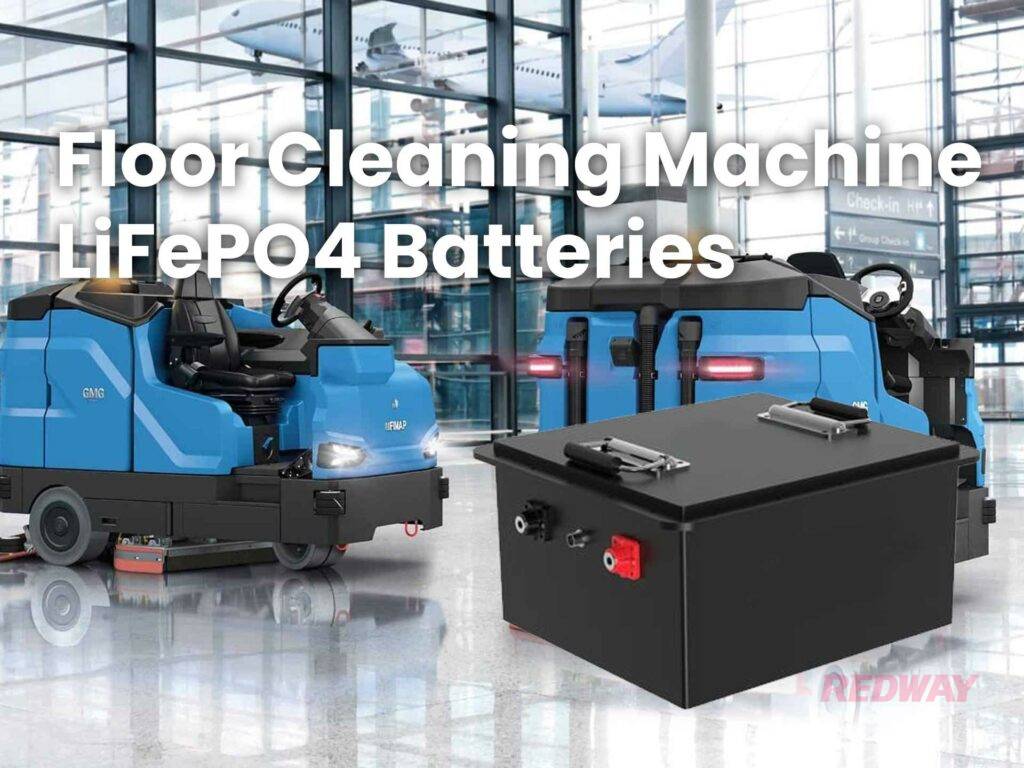Selecting the right charger for your floor cleaning battery is crucial for ensuring optimal performance and longevity. Here, we delve into the essential factors to consider, providing you with comprehensive insights to make an informed decision.
Compatibility with the Battery Type
One of the first considerations is ensuring compatibility with your battery type. Floor cleaning machines may use various battery chemistries such as lead-acid, lithium-ion, or NiMH. Lead-acid batteries, including AGM and gel types, require specific charging profiles. Lithium-ion batteries need chargers that can handle their unique charging algorithms to prevent overcharging and potential damage. Always check the manufacturer’s recommendations for the type of charger suitable for your battery to avoid mismatched charging parameters.

Matching Voltage and Current Specifications
Equally important is matching the voltage and current specifications of the charger with your battery. Using a charger with the correct voltage rating ensures that your battery receives the appropriate charge without the risk of overvoltage. The current rating of the charger determines the charging speed. Chargers with higher current ratings can charge batteries faster, but they must not exceed the maximum allowable current for the battery. Incorrect voltage and current ratings can lead to inefficient charging, reduced battery life, or even safety hazards.
Charging Speed
Charging speed is a significant factor, especially for commercial floor cleaning operations where downtime needs to be minimized. Fast chargers can significantly reduce charging times, enabling quicker turnaround times for your equipment. However, ensure that the faster charging rates do not compromise the battery’s health. Chargers with adjustable current settings can provide flexibility, allowing you to balance between fast charging and long-term battery care.
Intelligent Charging Features
Modern chargers come with intelligent charging features that enhance safety and efficiency. Features such as automatic shut-off when the battery is fully charged, overcharge protection, and real-time monitoring of the charging process help in maintaining the battery’s health. Some advanced chargers also offer diagnostic tools that can detect battery faults, providing early warnings and preventing potential failures.
Multi-Stage Charging Algorithms
Chargers equipped with multi-stage charging algorithms offer superior charging performance. These chargers typically operate in stages: bulk, absorption, and float. During the bulk stage, the charger rapidly brings the battery up to about 80% of its capacity. The absorption stage then gradually completes the charge to 100%, while the float stage maintains the battery at full charge without overcharging. This staged approach ensures efficient charging and maximizes battery longevity.
Maintenance Mode
Chargers with a maintenance mode are ideal for batteries that are not in constant use. This mode keeps the battery at an optimal charge level, preventing self-discharge and ensuring the battery is ready for use when needed. It is particularly useful for backup batteries or seasonal equipment, providing a hassle-free maintenance solution.
Temperature Compensation
Temperature compensation is a critical feature for chargers used in varying environmental conditions. Batteries charge differently at different temperatures; hence, temperature-compensated chargers adjust the charging parameters based on ambient temperature. This feature prevents overcharging in high temperatures and undercharging in low temperatures, ensuring consistent performance and protecting the battery from temperature-induced damage.
Safety Features
Prioritize chargers with robust safety features to protect both the battery and the user. Essential safety features include overvoltage protection, short-circuit protection, and reverse polarity protection. These features prevent potential hazards such as electrical fires, battery damage, and personal injury. A charger with comprehensive safety mechanisms ensures peace of mind and reliable operation.
Reputable Brands
Choosing a charger from a reputable brand can significantly influence the reliability and performance of your battery charging system. Established brands often provide higher quality products, backed by rigorous testing and compliance with industry standards. Additionally, they offer better customer support and warranty options. Investing in a charger from a well-known manufacturer can save costs in the long run by reducing the likelihood of malfunctions and the need for replacements.
User-Friendly Design
A user-friendly design enhances the ease of use and functionality of the charger. Look for chargers with clear displays, intuitive controls, and easy-to-understand indicators. Features such as LED status lights, digital displays showing charge progress, and simple interface controls make the charging process straightforward and efficient. Chargers with ergonomic designs and lightweight construction are also easier to handle and transport.
Warranty and Support
Lastly, consider the warranty and support provided by the manufacturer. A good warranty reflects the manufacturer’s confidence in their product and provides protection against defects and malfunctions. Additionally, reliable customer support ensures you have access to assistance when needed, whether for troubleshooting or technical advice. Comprehensive warranty and support services are vital for maintaining the long-term performance of your charger and battery system.
Conclusion
By considering these critical factors, you can choose a charger that ensures efficient and safe charging, prolonging the battery’s lifespan and optimizing its performance. Compatibility, correct voltage and current specifications, charging speed, intelligent features, multi-stage algorithms, maintenance mode, temperature compensation, safety features, reputable brands, user-friendly design, and robust warranty and support are all essential aspects to evaluate. Selecting the right charger for your floor cleaning battery is not just about keeping your equipment running but also about maximizing productivity and ensuring safety.




